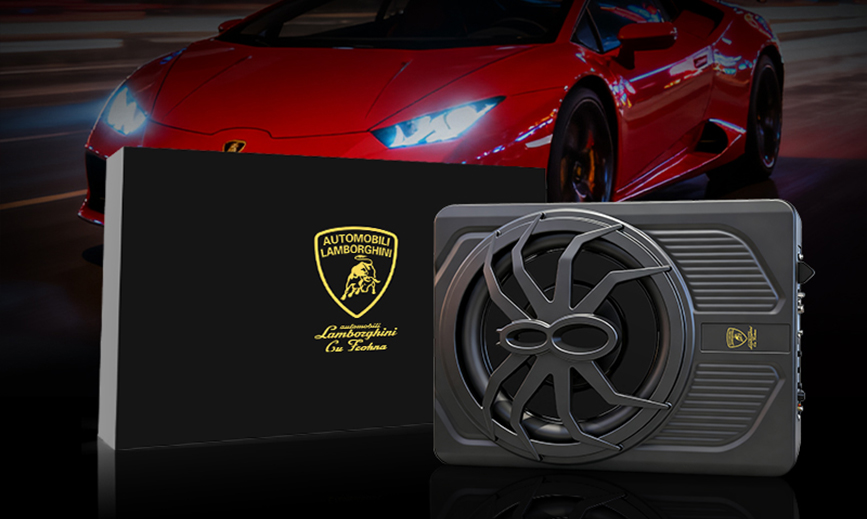The Visual Revolution of the Future Cockpit: Market Trends and Technological Innovation of In-Vehicle Displays (2025)
With the rapid development of intelligent electric vehicles, cars have evolved into "supercomputers on wheels." As the core interface for human-vehicle interaction, in-vehicle displays are undergoing a profound technological revolution and market expansion. This article will provide insights into the future market of in-vehicle displays and analyze the four major trends and key technologies driving the industry forward.
I. Market Overview: Scale and Growth Drivers
The global in-vehicle display market is maintaining steady growth. Data from Sigmaintell Consulting shows that in the first half of 2025, the total global shipment of in-vehicle display panels was approximately 120 million units, a year-on-year increase of 5.6%. Looking ahead, market revenue growth is even more significant, and the market size of automotive smart displays is expected to climb to US$27.65 billion by 2035.
The core driving forces of the market are:
Intense competition in the smart cockpit: The intelligent cockpit experience has become a key selling point for automakers to differentiate themselves.
The rapid popularization of new energy vehicles: This provides ample room for the development of in-vehicle displays.
Consumer upgrades and user experience demands: Users have increasingly higher expectations for high-definition, large screens, and immersive interaction.
II. Core Trends: The Evolution of In-Vehicle Displays in Four New Aspects
The development of in-vehicle displays is evolving along a clear path, mainly presenting four major trends:
Larger Screens: Screen sizes have entered a period of rapid growth. In the first half of 2024, in-vehicle display products larger than 10 inches accounted for 52% of shipments. Larger screens provide a canvas for information integration and entertainment functions.
Multi-Screen Displays: A single screen can no longer meet diverse information and interaction needs. From traditional central control screens and digital instrument panels, the trend is expanding to passenger entertainment screens, electronic rearview mirrors, and head-up displays. In the future, it may become commonplace for a car to be equipped with more than 10 displays.
Integrated Screen Design:** The integrated screen design seamlessly connects the instrument cluster and central control screen using a shared glass cover. This not only creates a strong sense of technology visually but also reduces the physical separation, making operation more convenient and safer for the driver.
High-End Development:** High-end development is reflected in the comprehensive upgrade of structure, materials, and technology, such as the shift from 2D flat surfaces to 3D curved surfaces and from plastic to glass. High-end display technologies such as LTPS TFT LCD and OLED are accelerating the replacement of traditional a-Si TFT LCD. Omdia predicts that by 2025, the combined revenue share of these two technologies will exceed 50% for the first time.
III. Technological Frontiers: The Competitive and Cooperative Path of Mini LED and OLED
Under the trend of high-end development, Mini LED and OLED have become two mainstream technology directions, each with its own advantages to meet different market demands.
Mini LED: With its high brightness (up to tens of thousands of nits), high contrast, low power consumption, and long lifespan, it has become a new market favorite. Its local dimming technology enables precise backlight control, resulting in excellent display performance in strong light environments. Models like the Xiaomi SU7 and Changan Qiyuan E07 already feature Mini LED screens.
OLED: Its advantages lie in its self-emissive nature, resulting in exceptional contrast, fast response time, and flexible design. This makes it highly sought after in high-end vehicles, such as the OLED central control screen in the Mercedes-Benz EQS. However, its main challenges are the risk of burn-in and relatively short lifespan.
IV. The Future is Here: Innovative Forms and Human-Computer Interaction
Screen forms that transcend tradition are defining the future cockpit:
Panoramic Head-Up Display (PHUD): This is a new direction for head-up displays (HUDs). PHUDs utilize a special coating design at the bottom of the windshield to achieve an ultra-wide display from A-pillar to A-pillar, projecting key information directly into the driver's field of vision. At CES 2025, manufacturers such as BOE and TCL CSOT showcased related solutions.
Flexible, Foldable, and Rollable Screens: Flexible OLED technology brings unprecedented design freedom. For example, BOE showcased a flexible, rollable automotive display that can flexibly switch between 31.6 inches and 17.6 inches. Tianma has also partnered with Corning to develop a sliding OLED display.
Integrated Screen and Intelligent Interaction: The integrated screen uses a single, unbroken large screen, providing a unified visual experience and a more immersive feel, while supporting flexible split-screen interaction modes.
V. Regional Landscape: Asia Pacific as a Growth Engine
From a regional market perspective, the development trends are distinct:
Asia Pacific: It is projected to account for 49.1% of the global automotive smart display market by 2035. A robust automotive supply chain, increasing vehicle production, and rising ADAS (Advanced Driver Assistance Systems) adoption rates are the main drivers.
European Market: Leveraging its strong automotive industrial base and premium brand advantages, it is expected to maintain its second-largest market share.
VI. Future Business Opportunities: Value Creation Beyond "Display"
The future business opportunities for in-vehicle displays extend far beyond the hardware itself:
Software and Service Profit Model: Through OTA (Over-The-Air) upgrades, automakers can continuously unlock new software features or subscription services for users, generating recurring revenue.
New Advertising Carriers: With the development of technologies such as transparent displays, car windows may evolve into location-based dynamic advertising platforms, displaying variable content.
Deep Human-Machine Integration: The integration of AR (Augmented Reality) HUDs, naked-eye 3D instrument panels, and more natural gesture and voice interactions will collectively create a safer and more intuitive human-vehicle interaction experience.





